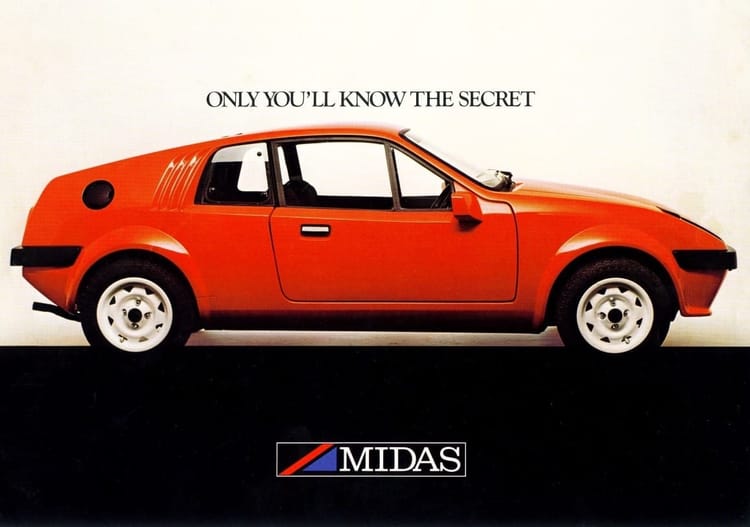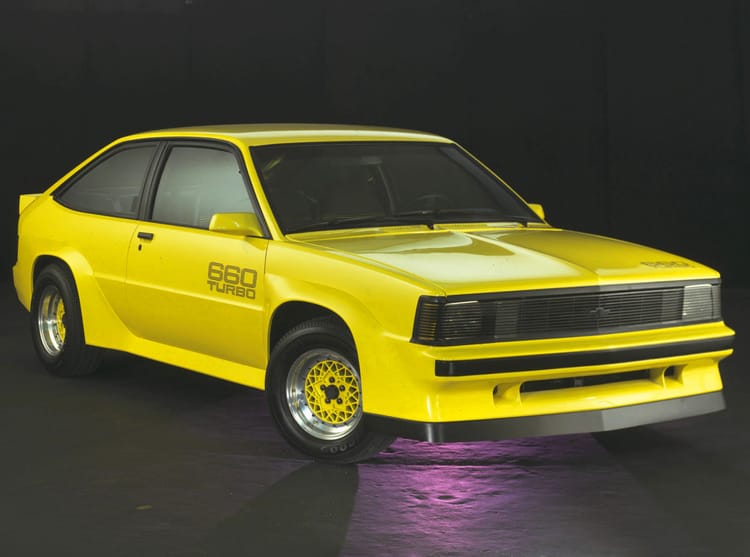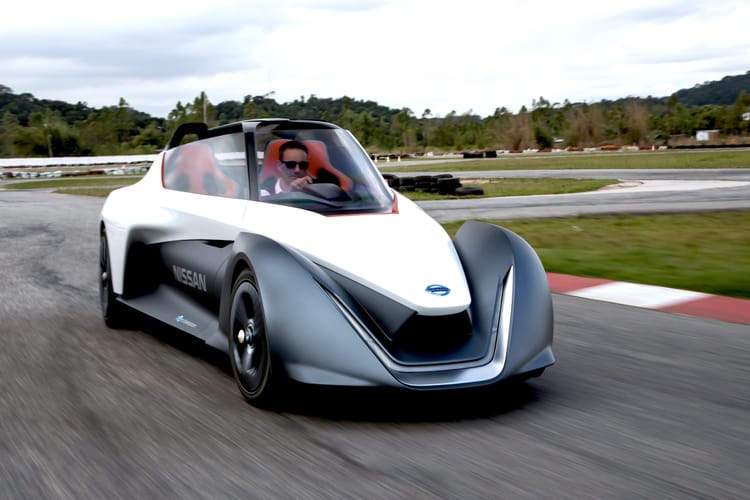Mercury Concept One
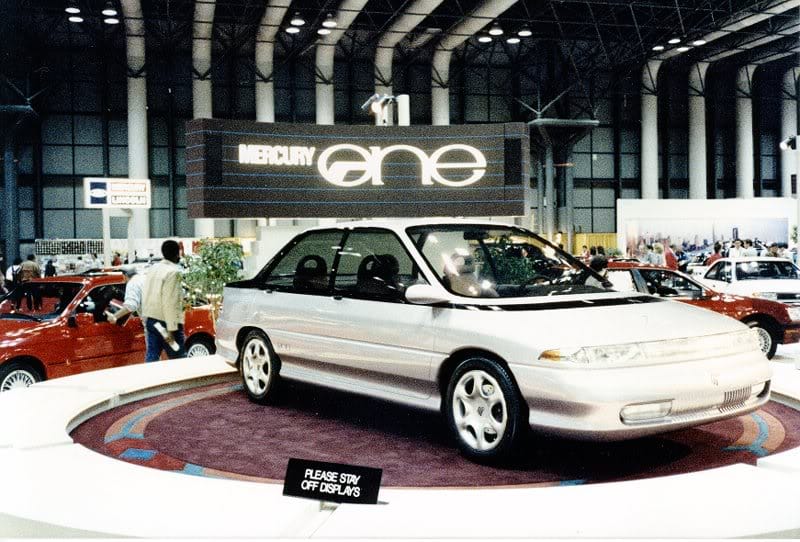
Often, there’s no happy ending for efficiency-driven design.
With concept cars, creativity and execution fight with desire and market forces to bubble up fleeting, one-off glimpses of a possible future, until reality bursts in and sends it all to the crusher.
Some concepts are so beloved they may come around twice as poster-worthy reimaginings, decades after first being shown (Hyundai N Vision 74, for example). Concepts can inspire tens of thousands of words across magazines, blogs, and social media.
With that in mind, presenting the 1989 Mercury Concept One: complete with three low-resolution photos and three lines of text. ;)
I promise there’s a point to this subtly revised Mercury Tracer sedan (itself a subtly revised Mazda 323 sedan). Actually, two.
First point: how subtle and simple good design can be. Next to the production versions of this car, it’s obvious where the Concept One’s bodywork differs and places more emphasis on aerodynamics.
Second point: how subtle and simple good design can be completely lost to time precisely because we are dumb apes who have a propensity to act contrary to our own best interests.
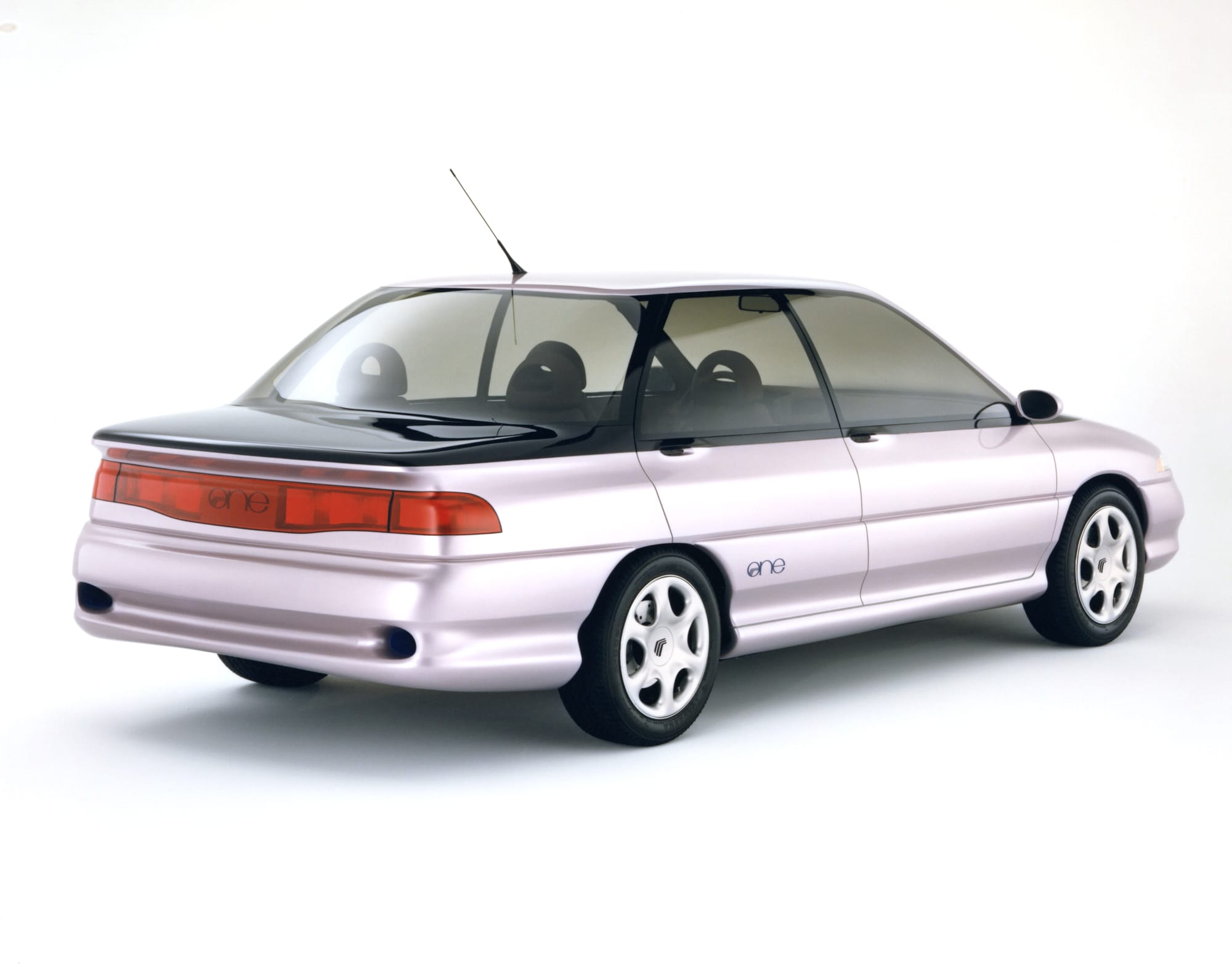
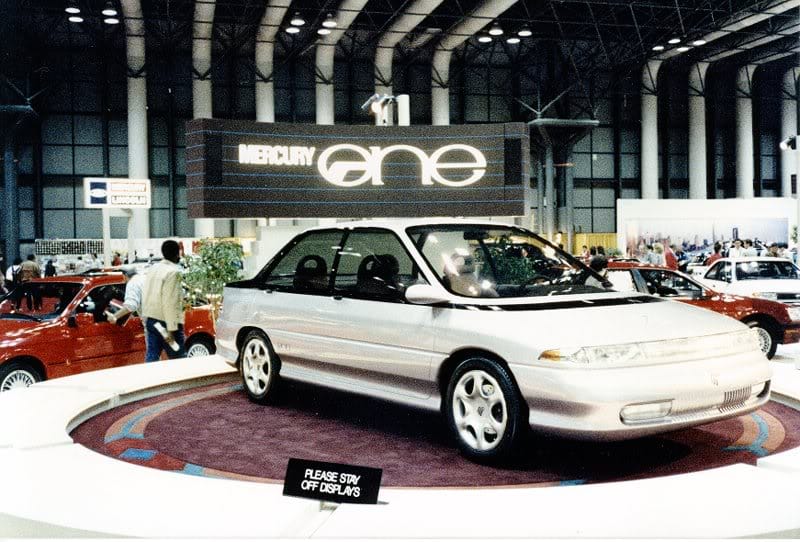
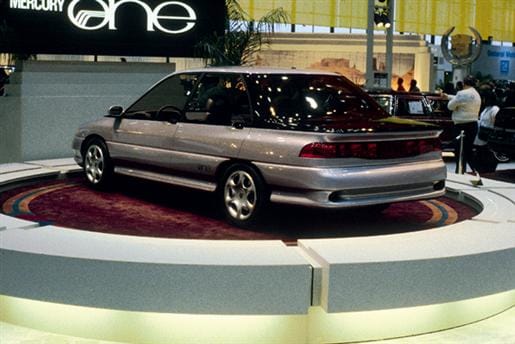
Mercury Concept One • via Chicago Auto Show
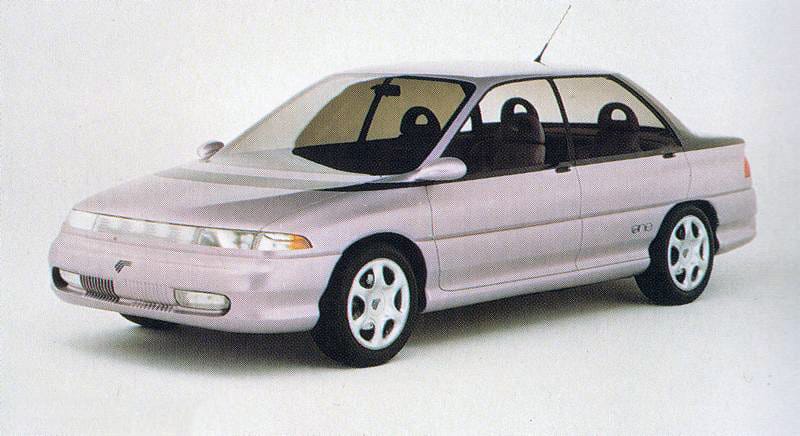
The three sentences written online, thanks to the (fantastic) archive of Chicago Auto Show concept cars maintained by the show, are:
- Ford and Mazda combined talents and developed the fiberglass Mercury One compact car concept.
- Outstanding aerodynamics was achieved by the flush glass and smoothly integrated body panels.
- The Mercury One indicated the design philosophy of future Mercury Tracer and Ford Escort.
One, simple enough. I haven’t yet found information on who styled it or where the kit was built, but at that time it could have ended up at U.S. studios in Detroit, L.A., or at a 3rd party builder under contract. The key here are the fiberglass panels, which (at the economies of scale needed for a small car) might have resulted in lower-cost repairs and better resilience from minor damage. With roof pillars that thin, after a major crash next of kin will be pleased they sent undertakers instead of pricey EMTs and hospital-bound life supports.
Two, “Outstanding aerodynamics was achieved…” where’s the proof, FoMoCo? If you’ve read Julian Edgar’s recent book on road car aerodynamics, you’ll realize how fast and simple it would have been to do basic measurements and tuft testing in order to validate that the glass and body panels were flush in all of the right places.
Three, a common trope: automakers making up the science after they’ve committed an idea to metal. I’d say the design philosophy came first — which shade of lipstick looks best on a Mazda 323 — later, how to give the car flush glass and shapely bodywork.

